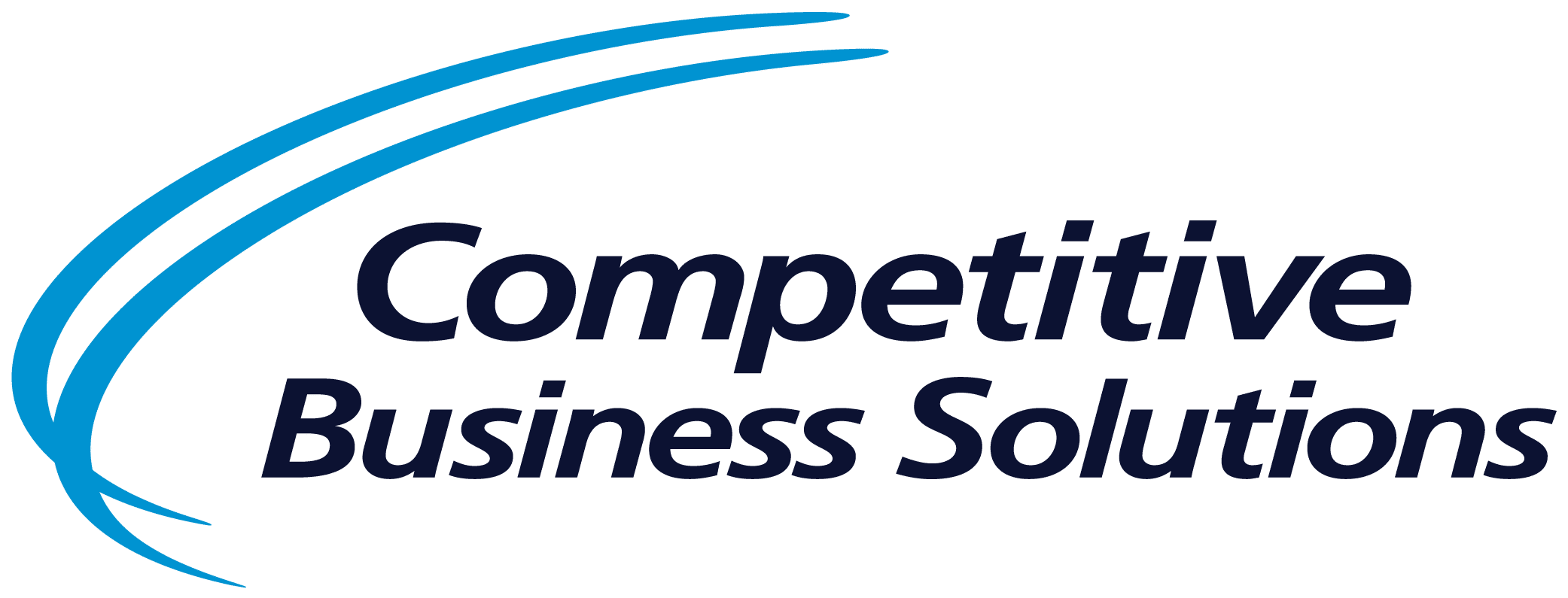
Lead Time Reduction: Boosting Cash Conversion for Your Business
My wife was recently involved in a car accident. She was thankfully unhurt and it wasn’t her fault. Because she needs her vehicle, we paid out of pocket to have it repaired while simultaneously working with the insurance company to get them to cut the reimbursement check. For us, keeping the time between paying out money and getting it back (and into our bank account) as short as possible is more a question of convenience. For your business, it can be a question of survival.
So, whether you’re managing a household budget or running a business, it’s crucial to consider the time it takes between spending money and getting something in return. This concept is especially significant at an operational level, where efficient cash conversion can significantly impact your financial health.
To understand the importance of lead time reduction tied to cash conversion, we can take a page from Toyota’s playbook, which revolutionized manufacturing practices during World War II. In this blog, we’ll explore how Toyota’s lean production strategies can be applied to your business to reduce lead times, improve cash flow, and ultimately enhance your financial position.
Toyota’s Lean Production
During World War II, Toyota faced resource scarcity, which forced them to develop an approach that minimized the time between purchasing materials and depositing money in the bank. This emphasis on reducing lead times played a crucial role in Toyota’s success and has since become a cornerstone of lean production.
The Significance of Cash Conversion
The time gap between spending money and receiving a return on that investment is critical for both individuals and businesses. When you’re out of pocket, your money isn’t working for you, and you’re not earning interest or making profitable investments. Therefore, creating cash conversion efficiencies in your business is essential for financial stability and growth.
Strategies for Reducing Lead Time
Reducing lead time is a multifaceted endeavor that involves various strategies. Let’s explore some practical approaches to help you streamline processes and enhance cash conversion:
- Standardize Your Order Intake: Process Many businesses experience unnecessary delays in the time it takes to process orders. Standardizing your order intake process ensures orders flow smoothly and efficiently through your business. This reduces the time between receiving an order and delivering it to the customer, improving cash flow.
- Standardize Your Products and Services: It’s essential to focus on your core competencies and avoid trying to be everything to everyone. Standardizing your products and services allows you to become more efficient in delivering what you do best. This can significantly reduce lead times and improve cash conversion rates.
- Streamline Internal Processes and Eliminate Waste: Analyze your internal processes to identify areas of waste or inefficiency. By eliminating unnecessary steps and optimizing workflows, you can speed up production and reduce lead times. This not only enhances cash conversion but also cuts costs.
- Horizontal Flow vs. Vertical Stovepipes: Instead of thinking in terms of isolated vertical processes, consider how your work flows horizontally across your organization. This holistic approach helps identify bottlenecks and areas where lead times can be reduced. It’s not just about producing widgets faster; it’s about improving the entire process.
Cash Flow Optimization
To succeed in reducing lead times and improving cash conversion, businesses should focus on key financial metrics, including:
- Cost of Working Capital: Minimize the amount of capital tied up in your operations.
- Cost of Inventory: Reduce excess inventory, which ties up funds and increases carrying costs.
- EBITA (Earnings Before Interest, Taxes, and Amortization): Optimize profitability through efficient operations.
- Return on Invested Capital: Ensure that your investments generate healthy returns.
Reducing lead times in your business can have a profound impact on cash conversion and overall financial health. Lean production principles serve as a valuable source of inspiration, emphasizing the importance of efficiency and minimizing the time gap between spending and earning. By standardizing processes, eliminating waste, and focusing on the bigger financial picture, you can enhance cash flow, reduce costs, and ultimately achieve greater financial success for your business.
Latest Insights
Sign up to receive our latest insights!
"*" indicates required fields




